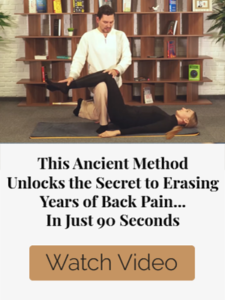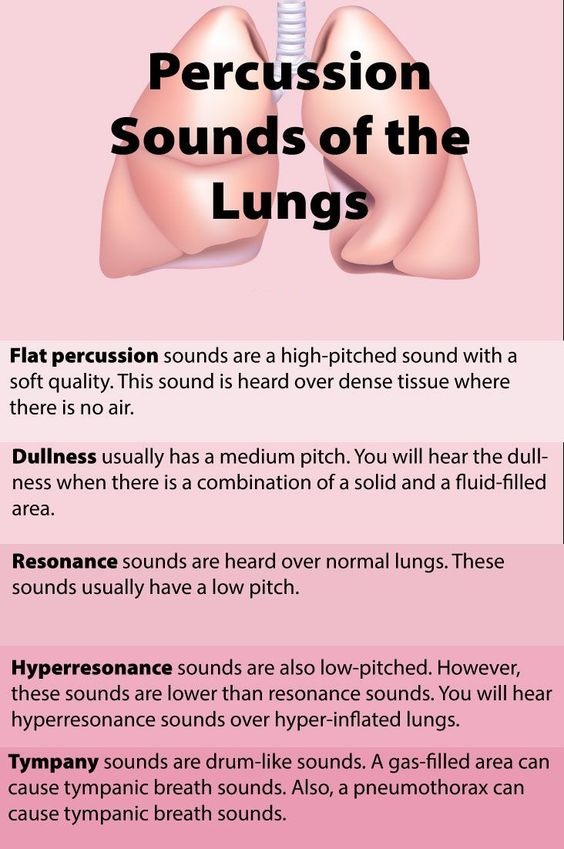To begin with, it’s common knowledge that a good breathing pattern during exercise, especially during aerobic activities such as swimming or jogging, is essential in making sure your muscles are receiving enough oxygen.
See, oxygen is one of the essential fuels required by your muscle cells to keep contracting; the same theory goes for anaerobic exercises, i.e. having a proper breathing technique is equally important in heavy lifting and even tai chi or yoga.

Oxygen is vital for our survival, but most people don’t think much about issues like breathing patterns, as our respiratory center in the brain works automatically, i.e. you don’t have to think about breathing, at least no too much. Joke aside, let’s dig deeper into breathing issues and the importance of oxygen for one’s overall health and well-being: as you exercise, your brain will detect a spike of carbon dioxide and lactic acid in the blood, as both of them are byproducts of muscles doing hard work; in order to mitigate the problem, your respiratory muscles are ordered by the brain to increase their frequency, i.e. you’ll start breathing faster and deeper, in order to boost your oxygen intake and, in the same time, to get rid of the extra carbon dioxide produced by the working muscles.
Now, even if breathing is a completely automated process, doing it “properly” can have a significant impact over one’s happiness and overall health/well-being. However, most people are not doing it right, and yes, we’re still talking about breathing techniques. So, what does it mean you asked? Breathing “by the book”, that is. The short answer is horizontal breathing, also known as diaphragmatic breathing.
To Give You a Little Bit of Context
Even if breathing is an unconscious process, awareness of its importance is quintessential in many (ancient) traditions, including yoga practitioners, Shaolin monks, the Japanese Samurai warrior class and even when it comes to modern-day Special Forces. Basically, both ancient and modern “schools of thought” are in full agreement that proper breathing techniques are literally battlefield-proven and they really work in regard to boosting a warrior’s overall physical fitness, especially when under pressure. And as ancient Greeks used to say, mens sana in corpore sano, i.e. a healthy mind requires a healthy body. Or, to put it another way, if your body is healthy, your mind will stay focused on the objectives, as you’ll benefit from clarity of thought and all that.
The problem is that people are taking it for granted nowadays, breathing that is, and, to no one’s surprise, most of us aren’t breathing properly. And that’s due to a multitude of reasons, ranging from sitting too much in front of our desks/computers/in our cars or whatever, which is not healthy and completely abnormal for our bodies from an evolutionary point of view, to bad posture, lack of physical exercise (especially aerobic/cardio, which keeps us focused on our breathing), and, last but not least, because we’re under constant tension and stress, courtesy of our modern busy lives. Modern day Americans tend to breathe fast and shallow, and as you may already know, if you’re taking rapid breaths long enough, this may lead to a condition named hyperventilation, which occurs when your blood carbon dioxide levels drop. That’s a prime example of bad breathing technique, hyperventilation respectively, and it shows how breathing patterns can dramatically affect one’s health.
The lesson to be taken home is that learning proper breathing techniques is very important: you’ll not only live longer, but as a “side effect” you’ll benefit from having more stamina and also enjoy a perpetual good mood. And no, I am not exaggerating a bit. Deep breathing comes with a plethora of benefits, and here’s a short list: breathing effectively helps the detoxification process, releases tension, brings peace and clarity of mind, relieves pain and emotional problems, increases muscle mass, boosts your immune system, improves the nervous system, benefits digestion, strengthens the lungs, makes your heart stronger, improves stamina, improves cellular regeneration and elevates mood.
Yes, it sounds impressive, and the most important thing is that you can benefit from all these free of charge, just by learning how to breathe properly. Amazing, right?
Here’s a short crash course in regard to basic breathing techniques: the simplest diaphragmatic breathing exercise comes from Yoga practitioners and it’s as simple as apple pie. Actually, way simpler:
- Breathe in for 4 seconds.
- Hold it for 8 seconds.
- Exhale for 4 seconds.
You’ll have to perform this basic exercise at least 3 times in a row/3 times a day, and don’t worry, you can take a short break in-between the sets. Just do it and you’ll be amazed how well it works. This exercise is especially benefiting people suffering from anxiety, hyperventilation and panic attacks. It is recommended to start your breathing exercises as soon as you get out of bed, and, as an additional benefit, you may even lose some weight, as your metabolism will get a boost from this ancient breathing technique.
Here’s another Yoga breathing exercise called Lion’s Breath. Obviously, this is for “advanced users”:
Lion’s Breath involves inhaling deeply through your nose then leaning your head back and opening your mouth very wide to exhale loudly while sticking your tongue out. Try practicing this while rising your arms up on the inhale and forming cactus arms with your exhale to accentuate the relieving effects.
Or, if you prefer, you can try Breath of Fire:
Practice Breath of Fire by sitting tall, inhaling gently through your nose, then vigorously pumping your exhale out through your nose while pulling your navel in repeatedly and in short spurts. Each pull in with your belly exerts another exhale quickly after the last. Make your inhales and exhales even in force, depth, and time.
Here comes the rib-stretch breathing exercise:
- Stand up straight and arch your back.
- Breathe out until you just can’t anymore.
- Inhale slowly and gradually, taking in as much air as possible until you can’t breathe in anymore.
- Hold your breath for about 10 seconds.
- Breathe out slowly through your mouth. You can do this normally or with pursed lips.
Tactical breathing:
You can practice this technique while running or doing other exercise. Breathe in through your nostrils for a count of four, then out through your mouth for a count of six – or eight if possible. Try focusing on this rhythm for two minutes longer if you can.
I hope the article helped. If you have questions or comments, don’t hesitate to use the dedicated section below. Stay healthy and keep breathing!
Resources
http://www.yogawiz.com/yoga-office/breathing.html
http://cas.umkc.edu/casww/brethexr.htm
http://www.thesportjournal.org/article/implementing-breathing-technique-manage-performance-anxiety-softball
https://www.healthline.com/health/diaphragmatic-breathing#benefits








